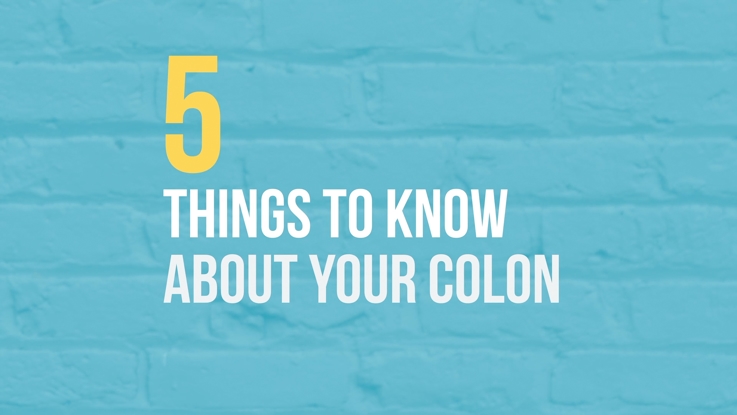How to Make Healthy Food Choices with Diabetes
- Category: Living Well, Diabetes
- Posted On:
- Written By: Laurie Murphy, RDN
A diagnosis of diabetes can be very scary. Most people think they can never eat carbohydrates again, or they might have to give up their favorite food. Once a person with a diagnosis of diabetes seeks nutrition counseling, they are pleasantly surprised at what they can eat.
One of the most important concepts to understand about nutrition for diabetes is that you need to eat carbs at every meal. Foods with carbs turn into glucose in our blood stream. As a result, they help regulate blood sugar and give us enough energy to get to the next meal. If we do not eat carbs or wait too long to eat, the liver senses your blood sugar dropping, and it will make glucose and put it into your bloodstream. Our bodies cannot control how much glucose the liver makes, and it could make more glucose than we need, which increases our blood sugar. We have better control of our blood sugar by eating carbs. And isn’t that the best news ever for someone with diabetes to hear!
Let’s talk about foods that contain carbs:
- Anything made of flour such as bread, crackers, and wraps
- Anything made of corn including grits, popcorn and cornbread
- Rice and pasta
- Oatmeal
- Starchy veggies such as beans, peas, potatoes and corn
- Dairy products
- Fruit
There are plenty of food that are not off limits when it comes to diabetes. Sugar and sugary beverages are the only two that we do not recommend. Even if you are on insulin, it can still be hard to get your blood sugar under control if you continue to sprinkle sugar on foods and drink sugary drinks, which includes fruit juice, smoothies and daiquiris.
Whole grain food are better options than food made of processed flour because there is more fiber. Choose whole wheat bread, brown rice, and whole grain pasta instead of white bread, white rice, and regular pasta. Science has shown that fiber slows down digestion, which slows down how fast the carbs we eat get into our bloodstream and turn into sugar. Whole grains also tend to have more flavor than their processed counterparts, which can make eating more enjoyable.
Your dietitian can help you determine how many carbs you need. Generally, it is 2-3 carbs per meal for women, and 3-4 for men. One serving of carbs equals 15 grams. So, if you have three carbs at one meal, that would be 45 grams of carbs for that meal (15 x 3 = 45). If your next meal is more than five hours away, eating three meals per day and a snack between meals will help keep your blood glucose steady throughout the day and night.
When determining a serving of carbs, a general rule of thumb is ½ cup of a food with carbs equals one carb serving. For rice and pasta, one carb serving equals 1/3 cup. One slice of sandwich bread is one carb, while the bread in a 6-inch poboy is four carbs.
Eating balanced meals is the best way to control blood sugar, hypertension, cholesterol, and induce weight loss. Balanced meals consists of the proper servings of carbs, lean protein, and lots of colorful, nonstarchy vegetables. Counting fruit as carbs for some meals will increase the amount of good nutrition that your body craves to help it run smoothly.
Where do you start? Start with your favorite meal. Determine the number of carbs, and then adjust the amount of carbs until it fits into your carb range for that meal. Remember, eat food that you enjoy.
Laurie received her B.S. in Nutrition and Dietetics from Nicholls State University, and completed her internship at LA Tech University. She is currently pursuing her Master’s in Nutrition and Dietetics at LA Tech. Her previous experience includes working as a clinical dietitian, and as a health coach in a weight-loss research study. Laurie is a member of the New Orleans Dietetic Association, and the state and national associations of the Academy of Nutrition and Dietetics.


